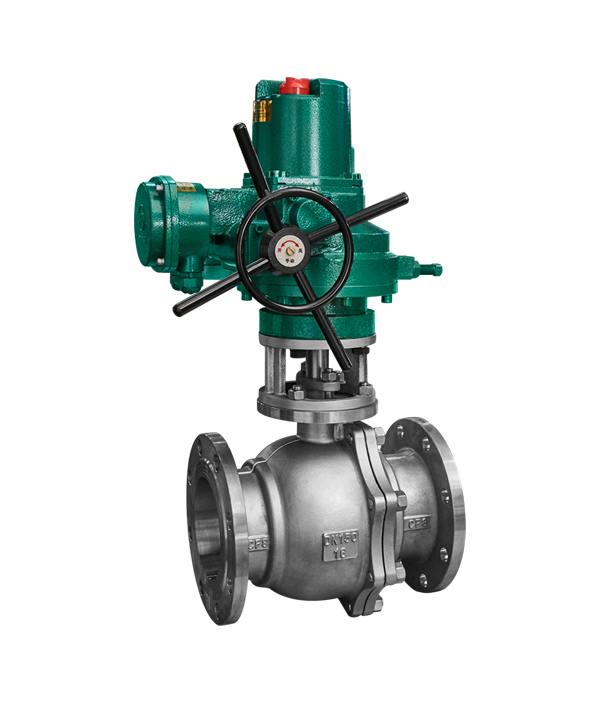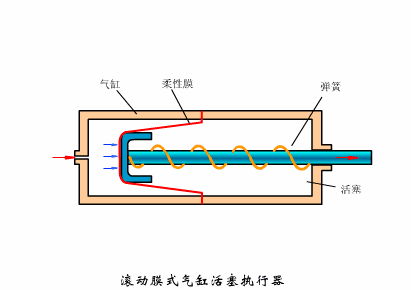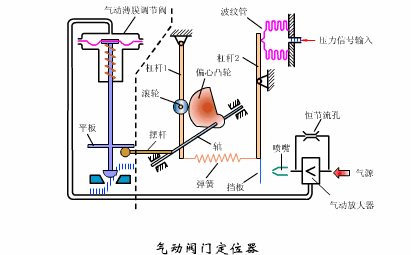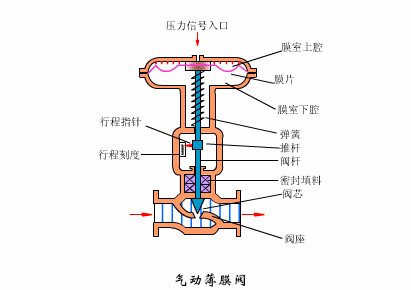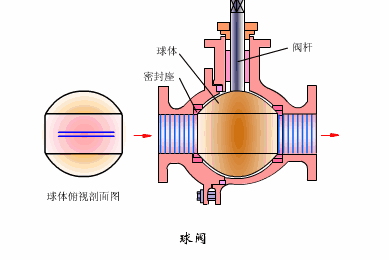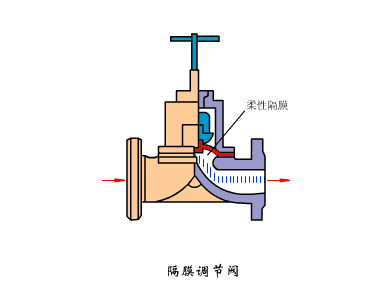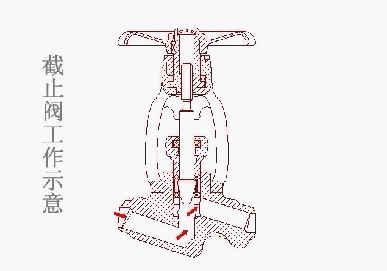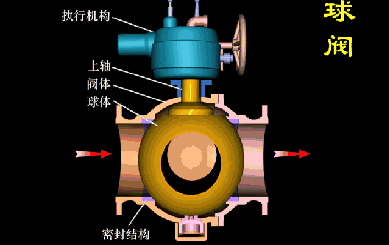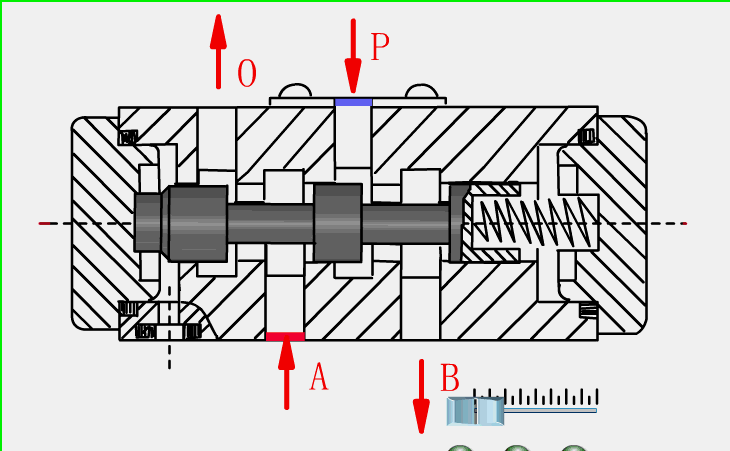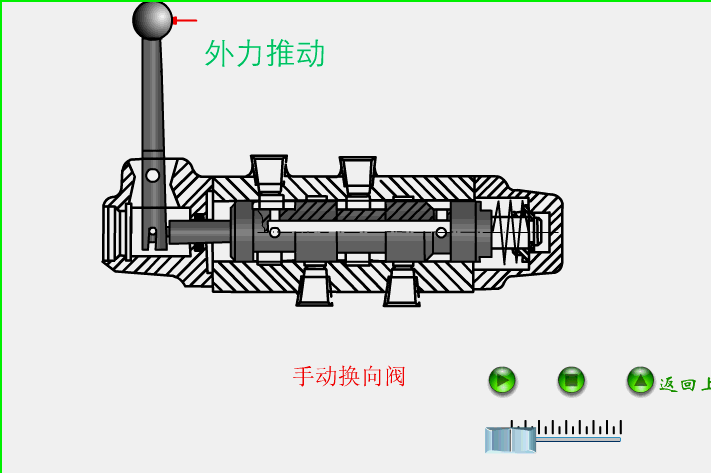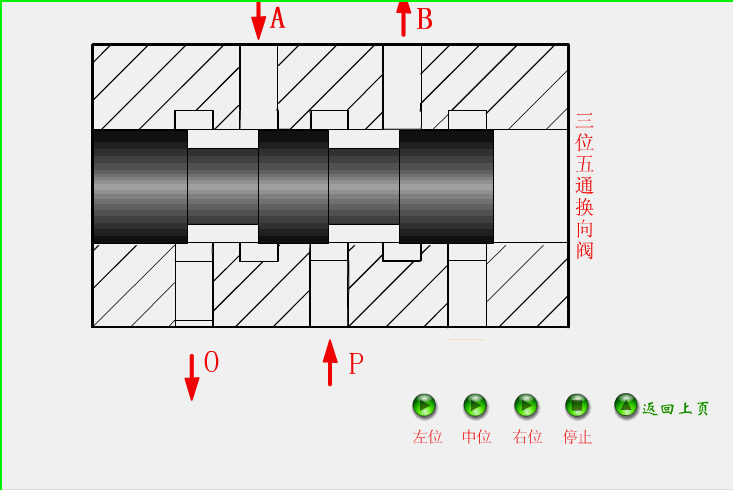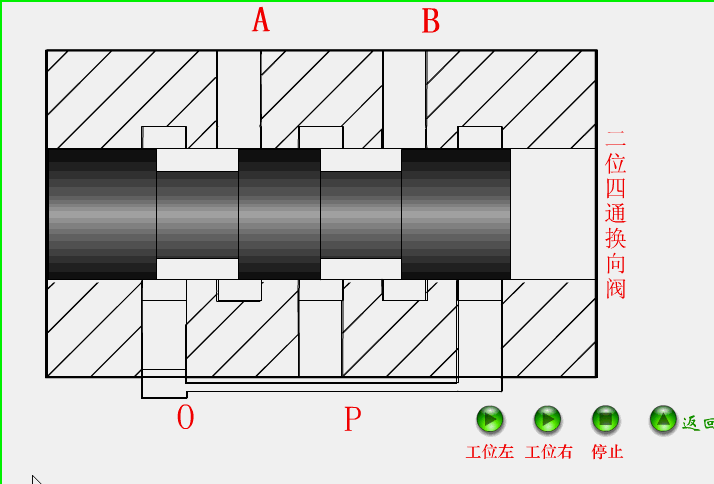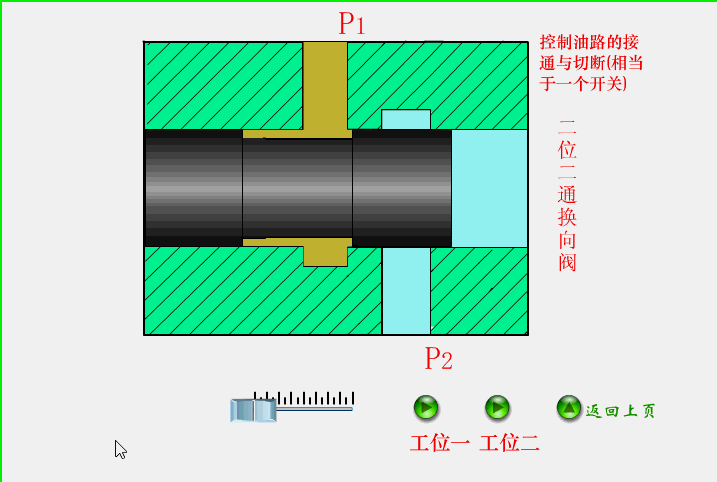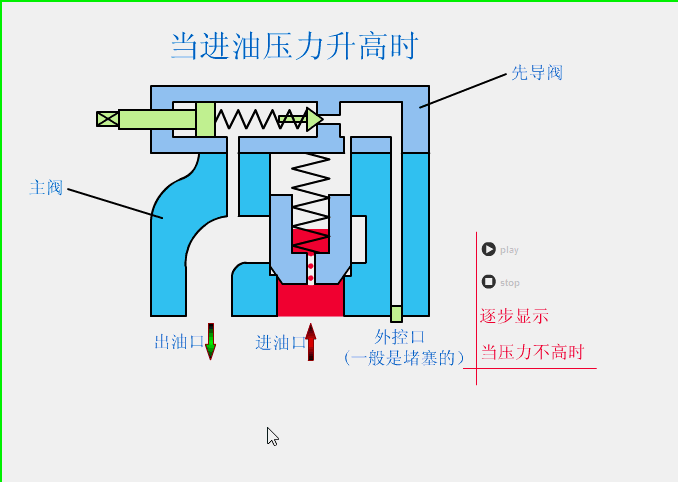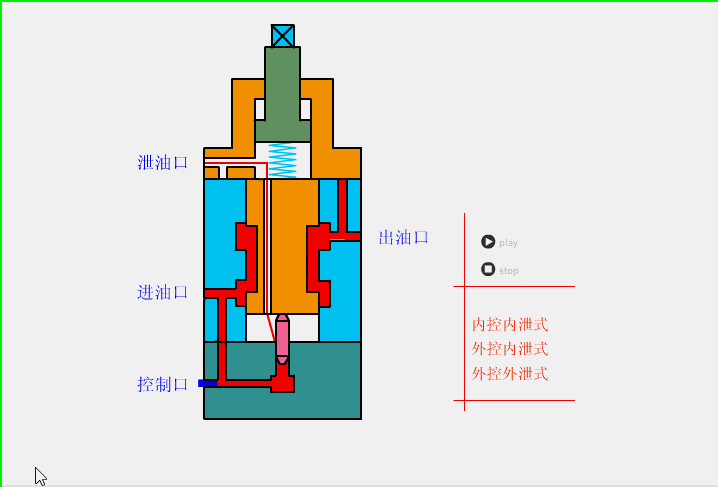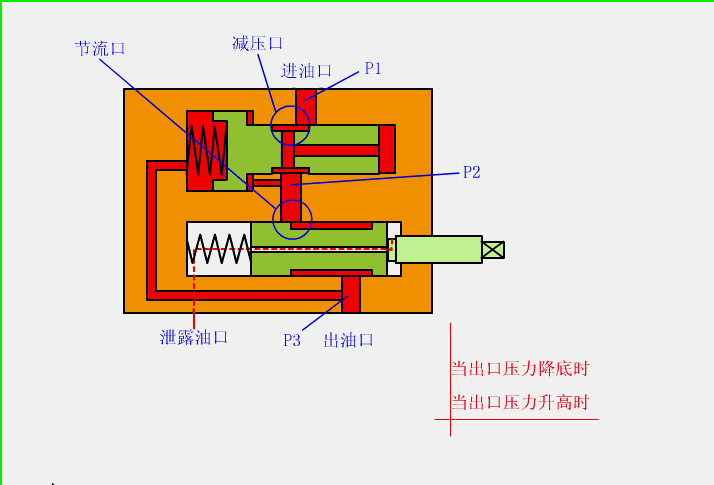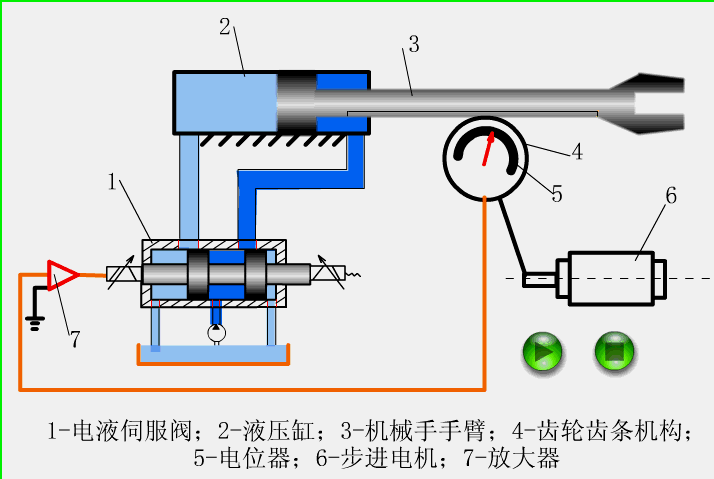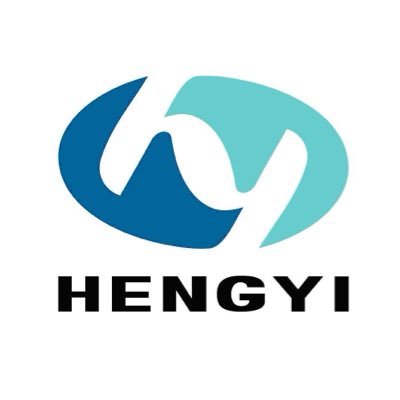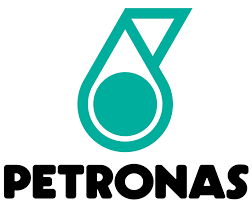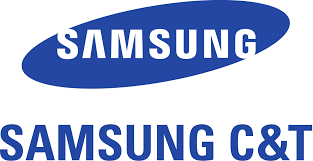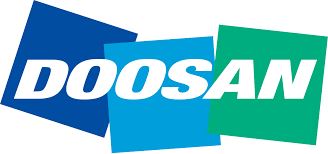Valve application and valve market situation
(1) Valves for urban construction: low-pressure valves are usually used in urban construction systems, and at this time, they are developing in the direction of environmental protection and energy saving. Environmentally friendly rubber plate valves, balance valves, midline butterfly valves, and metal-sealed butterfly valves are slowly replacing low-pressure iron gate valves. Most of the valves used in urban buildings are balance valves, soft-sealed gate valves, butterfly valves, etc.
(2) Valves for urban heating: In the urban heating system, a large number of metal-sealed butterfly valves, level balance valves and directly buried ball valves are required to deal with the vertical and horizontal hydraulic imbalance of the pipeline, so as to achieve energy saving and replacement of heat balance. policy.
(3) Environmental protection valve: In the environmental protection system, the central line butterfly valve, soft sealing gate valve, ball valve and exhaust valve (used to remove the air in the pipeline) are mainly used in the water supply system. The key points of the sewage treatment system need to use soft-sealed gate valves and butterfly valves.
(4) Valves for city gas: City gas accounts for 22% of the entire natural market, and valves are used in large quantities and have many types. The key needs are ball valves, plug valves, pressure reducing valves, and safety valves.
(5) Valves for long-distance pipelines: The focus of long-distance pipelines is crude oil, products and natural pipelines. The valves that require the majority of such pipelines are forged steel three-piece full-bore ball valves, anti-sulfur flat gate valves, safety valves, and check valves.
(6) Valves for petrochemical plants:
a. Oil refining units, most of the valves needed in oil refining units are pipeline valves, focusing on gate valves, globe valves, check valves, safety valves, ball valves, butterfly valves, and steam traps. Among them, the demand for gate valves accounts for about 80% of the total number of valves. (The valve accounts for 3%~5% of the total investment of the device).
b. Chemical fiber equipment. The chemical fiber products mainly include three categories: polyester, acrylic and vinylon. The ball valve and jacketed valve (jacketed ball valve, jacketed gate valve, jacketed globe valve) of the required valve.
c. acrylonitrile device. The device is all valves that need to be produced according to API standards, focusing on gate valves, globe valves, check valves, ball valves, steam traps, needle valves, and plug valves. Among them, gate valves account for about 75% of the total valves.
d. Ammonia synthesis device. Due to the difference in the synthesis of ammonia and purification methods, the process flow is different, and the technical performance of the required valves is also different. At this time, the key points of synthetic ammonia plant need to use gate valve, globe valve, check valve, steam trap, butterfly valve, ball valve, diaphragm valve, conditioning valve, needle valve, safety valve, high temperature and low temperature valve. Among them, globe valves account for 53.4% of the total valve data for the device, gate valves account for 25.1%, steam traps account for 7.7%, safety valves account for 2.4%, conditioning valves and cryogenic valves and others account for 11.4%. e, ethylene plant, ethylene plant It is the leading device of petrochemical industry, and it needs a wide variety of valves.
Gate valve, globe valve, check valve, lift rod type ball valve, among which the gate valve needs to be the first. Its valve demand is considerable. In addition, large-scale ethylene and high-pressure polyethylene devices also need to use ultra-high temperature, lower temperature and ultra-high pressure valve series products.
(7) Valves for power stations: The construction of power stations is developing towards the goal of large-scale development, so large-diameter and high-pressure safety valves, pressure reducing valves, globe valves, gate valves, butterfly valves, emergency shut-off valves and flow control valves, spherical Sealed instrument shut-off valve.
(8) Metallurgical valves: The key points of alumina behavior in the metallurgical industry need to use wear-resistant slurry valves (in-flow globe valves) and conditioning traps. The steelmaking industry focuses on the use of metal-sealed ball valves, butterfly valves and oxide ball valves, stop flash and four-way directional valves.
(9) Valves suitable for marine leveling: Accompanying the development of offshore oilfield exploitation, the amount of valves required for marine leveling is also gradually increasing. Offshore platforms need to use shut-off ball valves, check valves and multi-way valves.
(10) Valves for food and medicine: stainless steel ball valves, non-toxic all-plastic ball valves and butterfly valves are mainly used in this industry.









